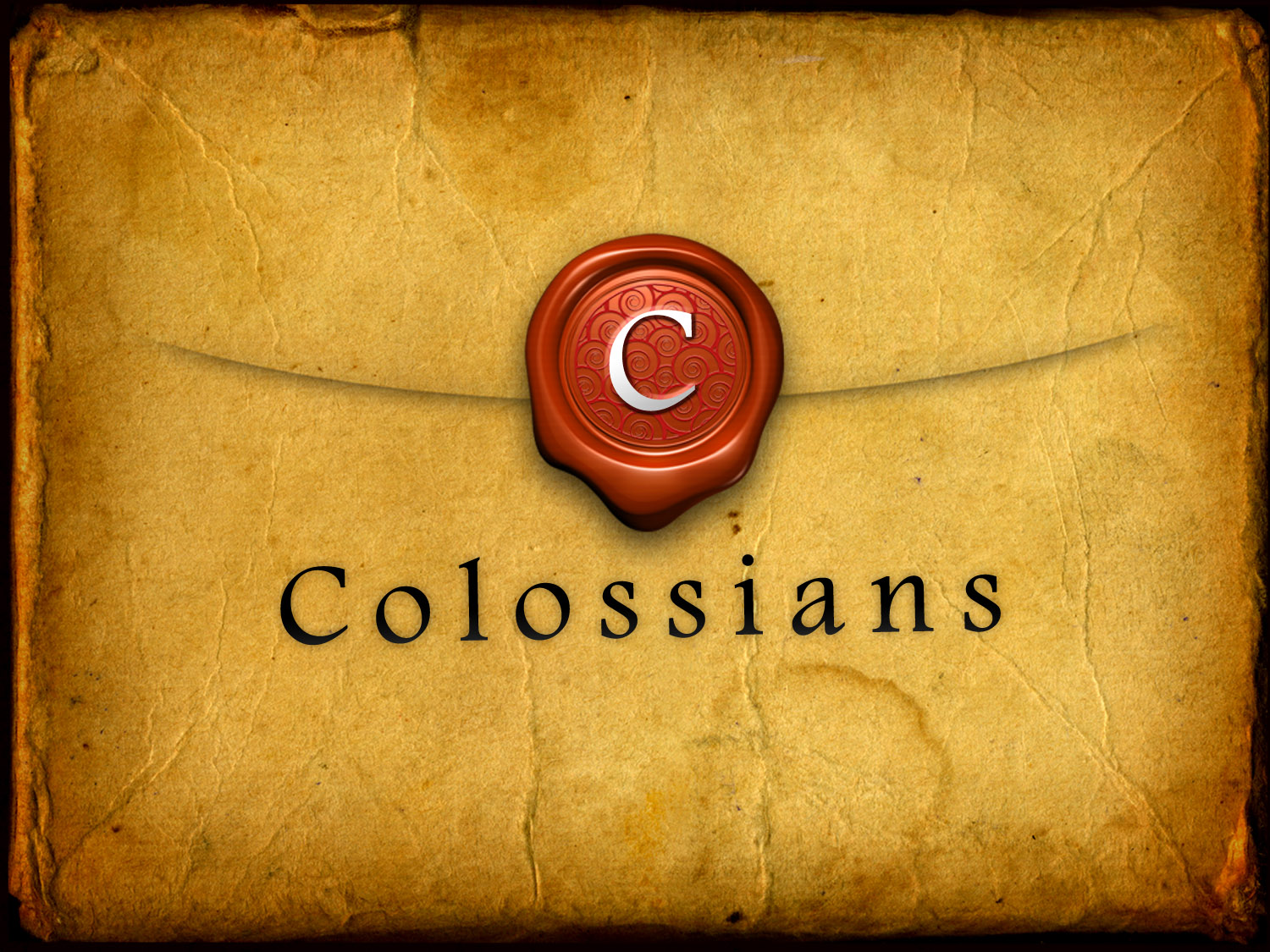Identifying the Colossian Heresy
One of the more difficult aspects of biblical interpretation is identifying the precise historical background of the book or letter being read. In the NT epistles there are almost always enough internal clues for the interpreter to come to a settled understanding of what error, if any, is being confronted. Of all the polemical letters (which would include almost every book in the NT. For a brief survey see this!) most of us would agree that Galatians is the far and away the most polemical and–in some ways–the most difficult to interpret; the letter to the Colossians, however, is certainly not far behind. In fact, the nature of the Colossian heresy–which the apostle sought so vigorously to refute with the Gospel–is perhaps the most difficult to identify. On first glance the internal evidence seems to show three errors that had infiltrated the fledgling church: (1) Philosophical speculation (Col. 2:2-4; 8), (2) Angel worship (2:18), and (3) religious asceticism (2:16; 20-23). Martyn Lloyd-Jones once suggested that the Colossian heresy was actually an amalgamation of these three different strains of Satanic counterfeiting of the work of God in the mind, heart and will of man packaged as a kind of Gnosticism. Likewise H.C. G. Moule explained the Colossians heresy in the following way:
“[In the epistle to the Colossians] errors and confusions in the Church are in view—a subtle theosophy and also a retrograde ceremonialism probably both amalgamating into one dangerous total. And St. Paul’s method for his converts there—what is it? Above all it is the presentation of Jesus Christ in the glories of His Persona and His work. He places HIM in the very front of thought, first as the head, Founder and Cornerstone of the Universe, Then as the Head, Redeemer and Life of the Church. With Him so seen he meets the dreamy thinker and the ceremonial devotee; Christ is the ultimate and only repose—alike for thought and for the soul.”1
One of the most helpful articles written on the subject was F.F. Bruce’s 1984 Bibliothecha Sacra article, “Colossians Problem Part 3: The Colossians Heresy.” In it, Bruce gives consideration to all the plausible explanations posited throughout the 20th Century. Focusing in on the phrase “τὰ στοιχεῖα τοῦ κόσμου,” in Col. 2:8, he draws together all the fragmented allusions of what the heresy actually was in light of the theology behind the τὰ στοιχεῖα τοῦ κόσμου (see my former post about it, here). I encourage you to take the time to read Bruce’s article and decide for yourself if he has accurately defined the Colossian heresy.
1. H.C.G. Moule Studies in Hebrews (New York: Hodder and Stouten, 1909)




Pingback : Identifying the Colossian Heresy | Already Not Yet